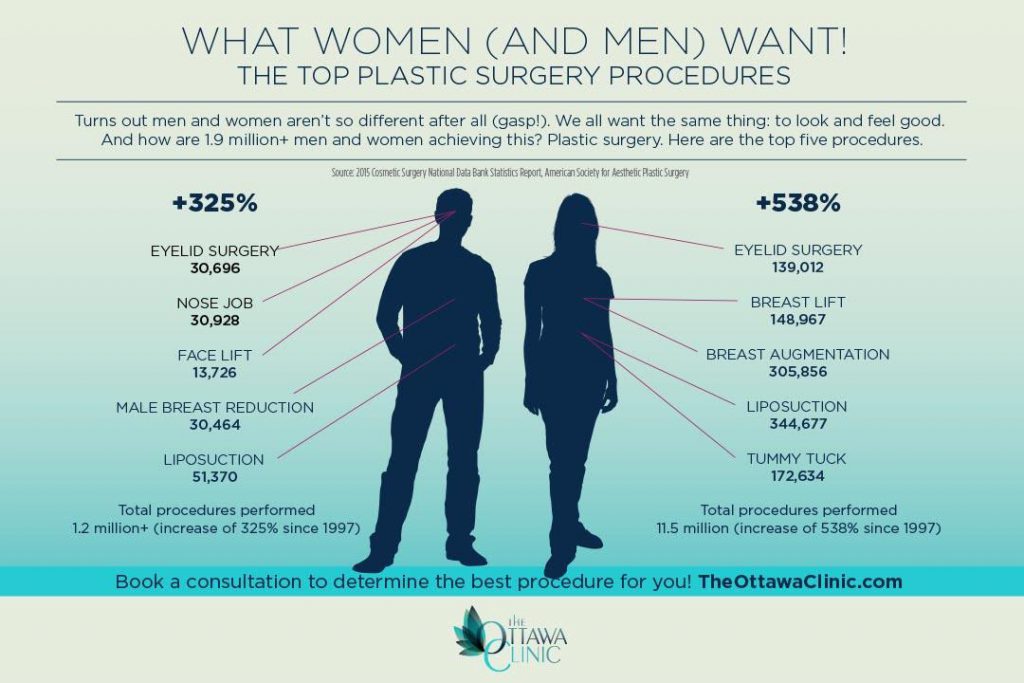The Role Of Uv Rays In Acne
The Role Of Uv Rays In Acne
Blog Article
Hormonal Acne - What is Hormonal Acne?
Hormone acne is identified by clogged pores and oily skin that normally appears on the chin and jawline. It happens when hormonal modifications activate inflammation and bacterial overgrowth within hair follicles.
Outbreaks might appear as whiteheads, blackheads, papules or pustules and cysts or nodules in extra severe situations. It is extra usual in teenagers undergoing the age of puberty yet can affect adults of any age.
What Triggers Hormonal Acne?
While acne can be caused by a range of factors, including using hair and skin treatment products that aren't oil-free or made with active ingredients that could block pores, hereditary proneness, diet regimen,2 and stress, the root cause is varying hormones. Hormonal acne occurs when the body experiences hormonal changes and fluctuations that result in an overflow of sebum, which triggers swelling, boosted development of germs and modifications in skin cell task.
Hormone acne is commonly discovered on the reduced jawline, cheeks and neck however can appear anywhere on the body. It is defined by acnes that are cystic, uncomfortable and full of pus or other product. It is additionally more probable to take place in females than guys, particularly during adolescence, the menstrual cycle, pregnancy or menopause.
Age
While many kids experience acne eventually throughout adolescence, it can continue to plague adults well right into the adult years. Referred to as hormonal acne, this form of breakout is linked to variations in hormonal agents and is normally most typical in ladies.
Hormonal acne occurs when oil glands generate way too much sebum, which obstructs pores and traps dead skin cells. This results in the development of imperfections, such as whiteheads, blackheads and papules, pustules, cysts or blemishes, deep under the surface.
This kind of blemish often causes discomfort, inflammation and inflammation. It may additionally be intermittent and appear around the same time each month, such as right prior to your duration starts. This is because degrees of female hormones like progesterone and oestrogen fluctuate with each menstruation.
Menstruation
Hormonal acne typically shows up in the reduced part of your face, along the jawline and cheeks, as whiteheads, blackheads or inflammatory pimples (pimples and cysts). It's more than likely to show up around the time when your menstrual cycle adjustments.
Particularly around ovulation, when estrogen and progesterone levels are on the rise, hormonal agent changes can cause outbreaks. But it's additionally possible to get acne at any kind of factor during your 28-day menstrual cycle.
If you see that your hormone acne flare right before your period, attempt discovering when exactly this takes place and see if it connects to the spa stages of your 28-day menstrual cycle. This will certainly aid you identify the origin of your skin difficulties. For example, you might wish to deal with stabilizing your blood sugar level and eliminating high-sugar foods, or consider a prescription drug like spironolactone that can control your hormones.
Pregnancy
Expanding an infant is a time of remarkable hormone adjustments. For numerous women, this consists of a flare-up of hormone acne. This kind of breakout normally begins in the first trimester, around week 6. It's triggered by hormone rises that promote sweat glands to make more oil, which can clog pores and create even more bacteria to accumulate.
Breakouts might additionally happen as a result of pre-existing conditions like polycystic ovary syndrome, which can additionally be a problem during pregnancy and menopause. Likewise, some types of contraceptive pill (such as Ortho Tri-Cyclen and YAZ) can set off hormone acne in some women.
The good news is, many acne therapies are "no-go" for expectant women (consisting of preferred acne-fighting ingredients such as isotretinoin and spironolactone). Yet if you can not avoid those annoying bumps, your medical professional may recommend oral erythromycin or cephalexin, which are secure while pregnant.
Menopause
As females approach menopause, the estrogen degrees that caused their hormonal agent acne to flare throughout puberty begin to maintain and lower. At the same time, however, a spike in androgens (likewise known as male hormonal agents) happens due to the fact that these hormones can not be exchanged estrogen as efficiently as previously.
The excess of androgens can activate oil manufacturing by the sweat glands, which obstructs pores. When the blocked pores come to be inflamed and aggravated, a pimple types.
Hormonal acne is normally seen on the face, particularly around the chin and jawline, yet it can occur on the neck, back, shoulders, or breast. This sort of acne tends to flare in an intermittent pattern, similar to the menstrual cycle. Anxiety, which increases cortisol and throws hormonal agents out of balance, likewise adds to the outbreaks.